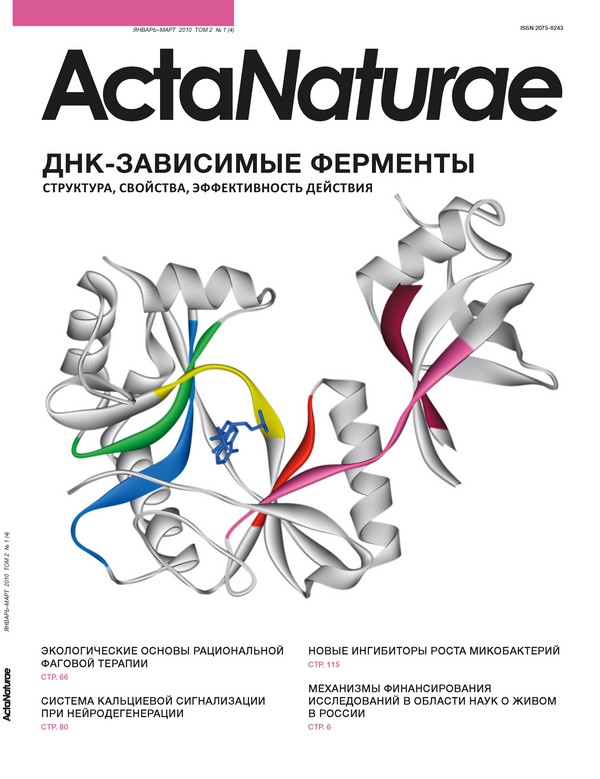Abstract
We developed a novel PCR-fingerprinting system for differentiation of enterobacterial strains using a single oligonucleotide primer IS1tr that matches the inverted terminal repeats of the IS1 insertion element. Compared to widely used BOX-PCR and ribotyping methods, our system features higher resolution allowing differentiation of closely related isolates that appear identical in BOX-PCR and ribotyping but differ in their phage sensitivity. The IS1-profiling system is less sensitive to the quality of the material and equipment used. At the same time, BOX-PCR is more universal and suitable for bacterial strain grouping and reconstruction of the low-distance phylogeny. Thus, our system represents an important supplement to the existing set of tools for bacterial strain differentiation; it is particularly valuable for a detailed investigation of highly divergent and rapidly evolving natural bacterial populations and for studies on coliphage ecology. However, some isolates could not be reliably differentiated by IS1-PCR, because of the low number of bands in their patterns. For improvement of IS1-fingerprinting characteristics, we offer to modify the system by introducing the second primer TR8834 hybridizing to the sequence of a transposase gene that is widely spread in enterobacterial genomes.







